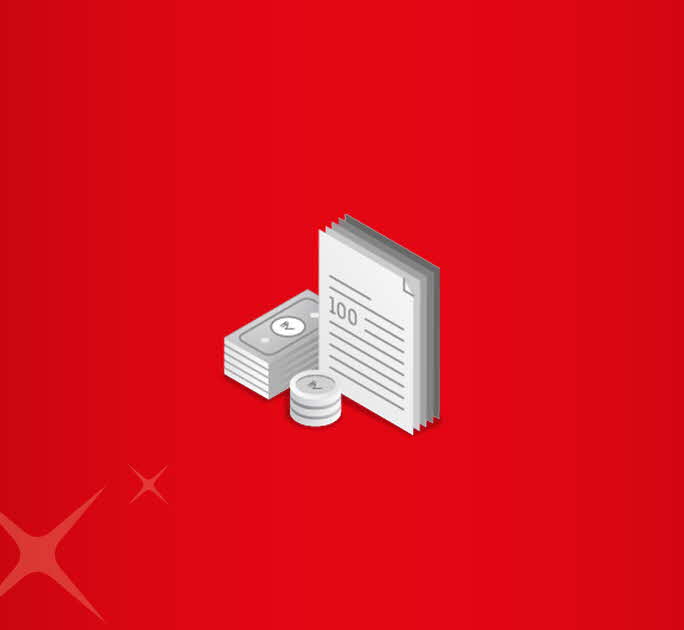- Save
- Invest
- Borrow
- Pay
- More
- Customer Services

Dynamic Bond Fund
Learn about the Dynamic Bond Fund meaning and its features
Key Takeaways
- Dynamic Bond Funds are a category of Debt Mutual Funds.
- They allow investors to invest in short-term and long-term bonds.
- Dynamic Funds are suitable for investors who can tolerate moderate risk for tenures of 3-5 years.
- They are free from Debt Fund mandates and can take advantage of changing interest rates.
- Like all Mutual Funds, Dynamic Funds are subject to certain risks.
While investing, one of the most crucial factors to consider is the duration of your investment. Not only does the investment term help you plan your finances, but it can also determine the kind of returns you will earn. Dynamic Bond Funds help you straddle between short-term and long-term investments, while improving returns. Read on to learn more about Dynamic Bond Funds.
Dynamic Bond Funds – Meaning and Explanation
Dynamic Bond Funds are a type of Debt Mutual Funds that are dynamic in two aspects: composition and duration. They keep altering allocations between short-term and long-term bonds. This strategic alteration allows fund investors to take advantage of the fluctuating interest rates. The main aim of a dynamic fund is to garner optimal returns, regardless of rising or falling market trends. The responsibility to achieve this falls upon the fund managers’ decisions and fund management styles.
How Dynamic Mutual Funds Work
Fund managers trade in instruments of different maturity periods according to the anticipated change in interest rates. For instance, in the event of a falling interest rate scenario, the fund manager can opt to increase the holdings in long-term instruments, like Gilt Funds.
Who Should Invest in Dynamic Bond Funds?
If you are someone who does not have investment expertise based on interest rate movement, then investing in Dynamic Bonds is a good option for you. These funds are suitable for investors with a moderate risk appetite and investment horizons ranging from 3-5 years. Dynamic Bond Funds are ideal for investors who prefer the Systematic Investment Plan (SIP) approach. However, returns depend primarily on interest rate movements.
Salient Features of Dynamic Bond Funds
Professional Management
The role of fund managers and their views of the interest rates are vital. If the assets in question move contrary to the fund managers’ anticipation, it can impact your earnings.
Macroeconomic Factors
Significant factors like government policies, socio-economic and geo-political factors, fiscal deficit, etc., can impact the returns rate of Dynamic Mutual Funds. Thus, you should invest long-term to reduce short-term risks.
Risk Factors
Like other investment instruments, Dynamic Funds are also subject to market risks. However, these funds are better than short-term funds since they can fall back upon the duration-based strategy.
Interest
Dynamic Fund prices and changes in interest rates are inversely proportional. Thus, with an increase in interest rate, the cost of the Dynamic Bond Fund will decrease. If the interest rate falls, the price of the bond will increase depending on the remaining maturity. In addition, the fund manager can also hold short-term and medium-term corporate bonds to generate interest income.
Freedom from Debt Fund Mandate
Usually, all funds adhere to their investment mandate. Short-term funds stick to investing in short-term securities and so on. However, Dynamic Bond Funds can invest in securities for long durations, depending on interest rate movement.
Final Note
So, choose the best Dynamic Mutual Funds for your investment portfolio. At DBS Bnak, we offer exciting investment opportunities and the option to choose from over 200 top-rated Mutual Funds schemes.
Download the digibank by DBS app to get started and even open your savings account with us.
*Disclaimer: This article is for information purposes only. We recommend you get in touch with your income tax advisor or CA for expert advice.










